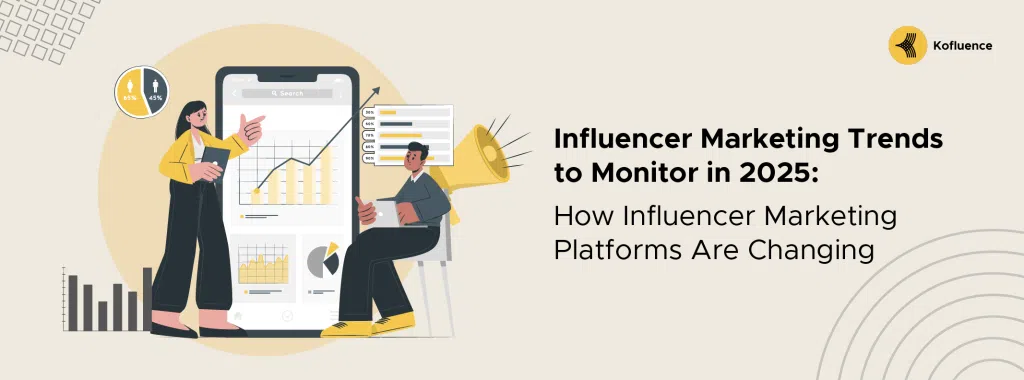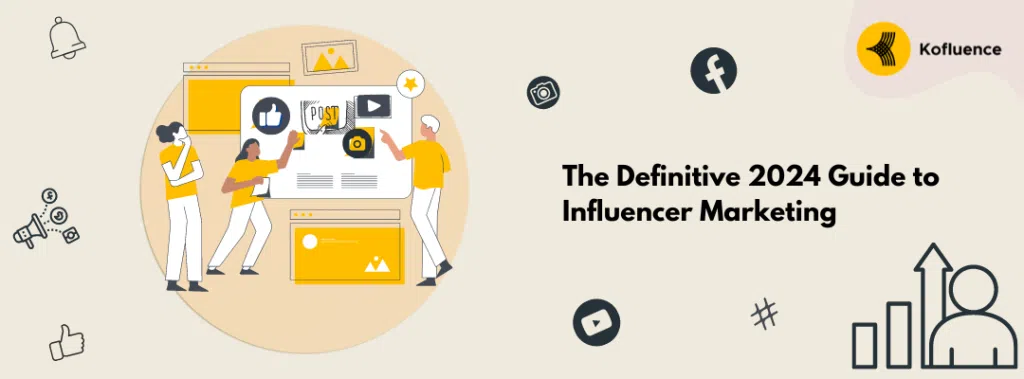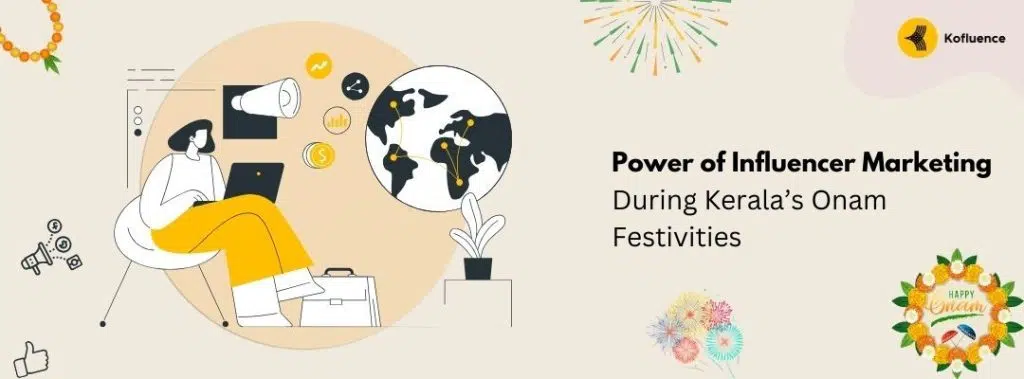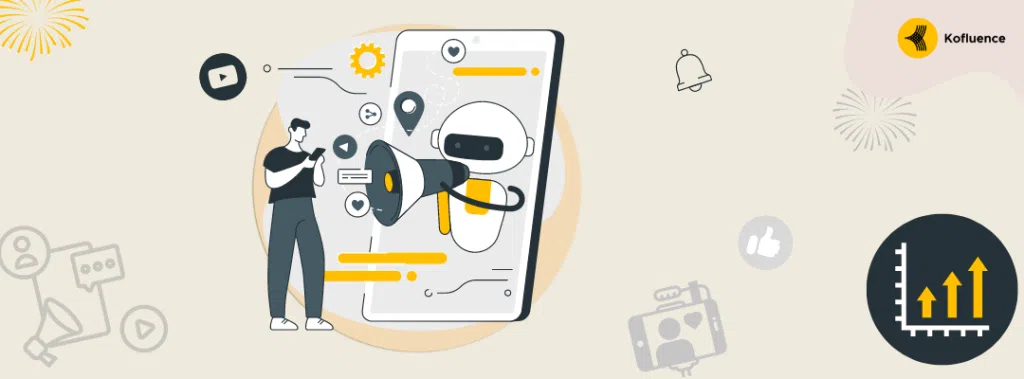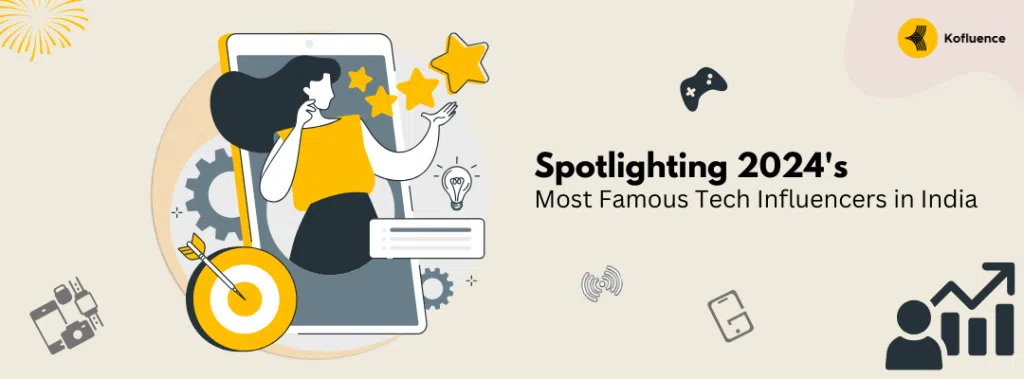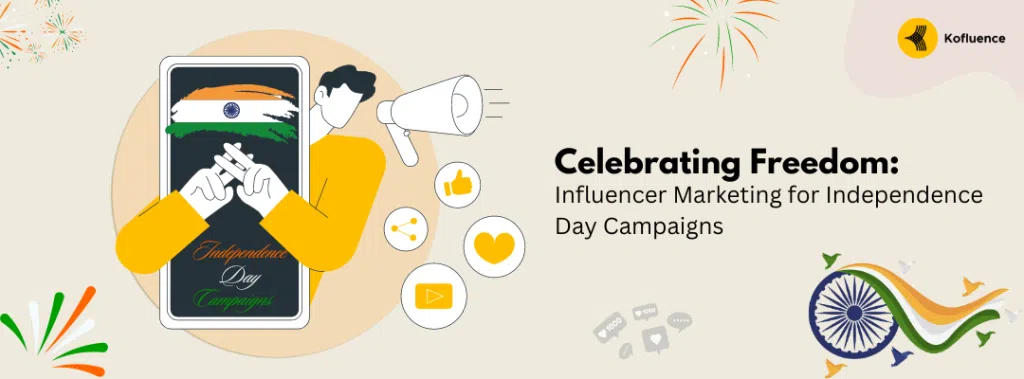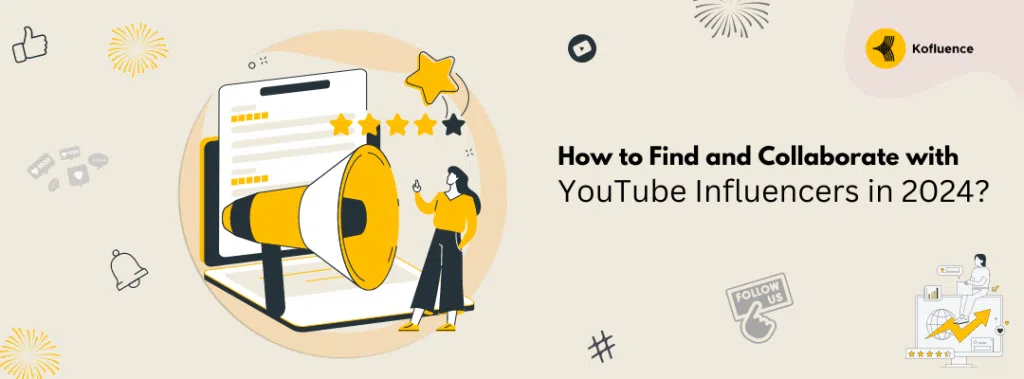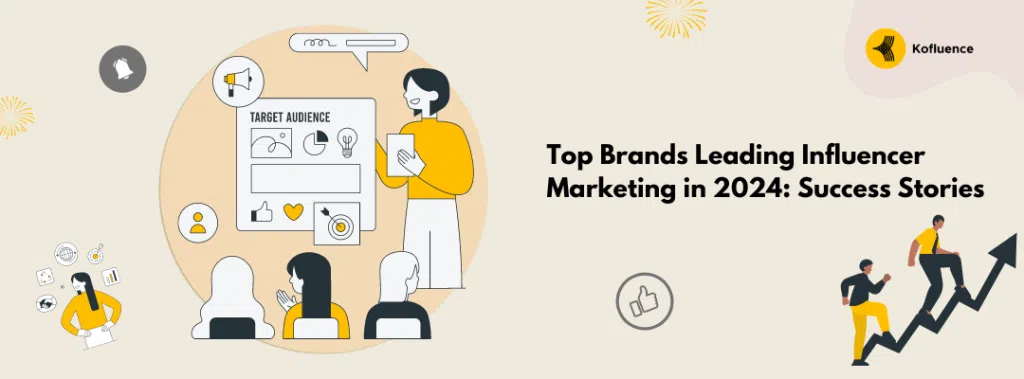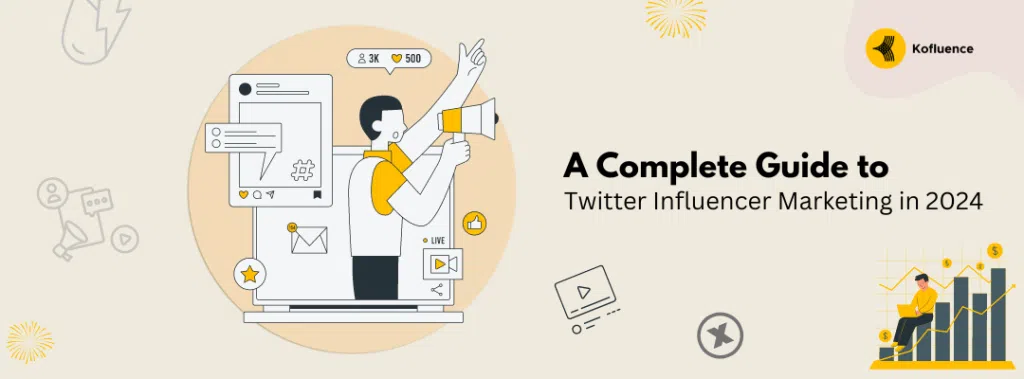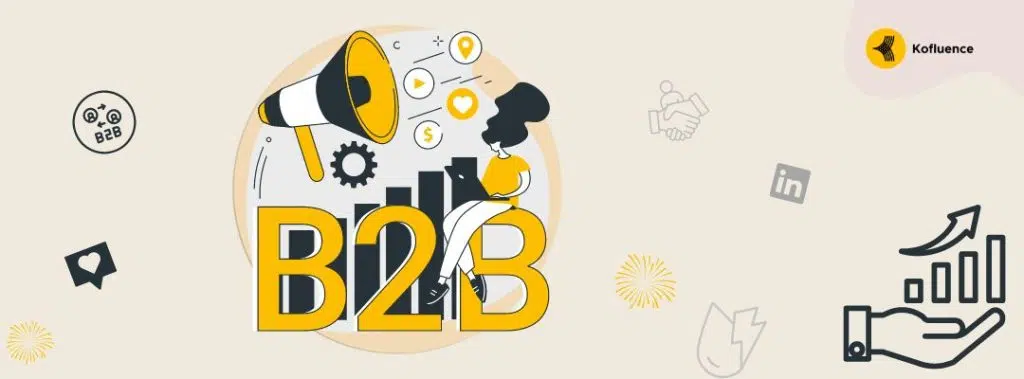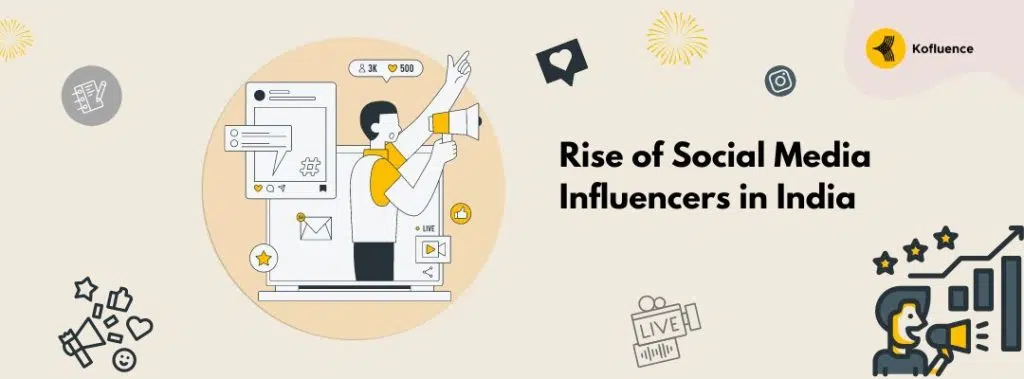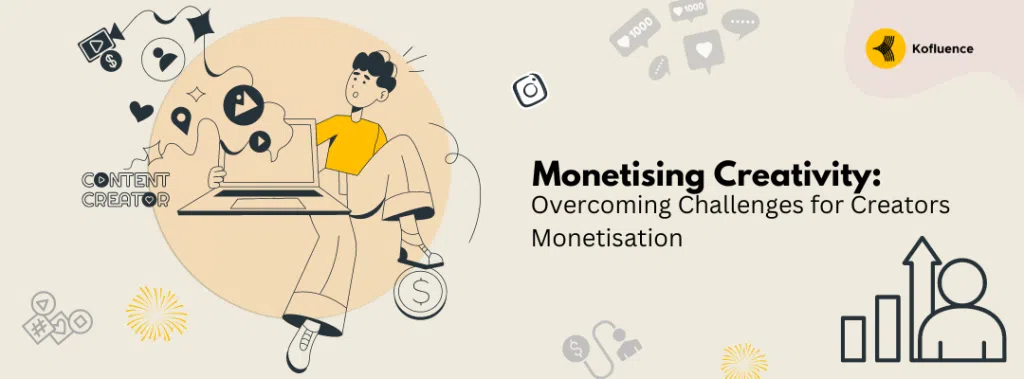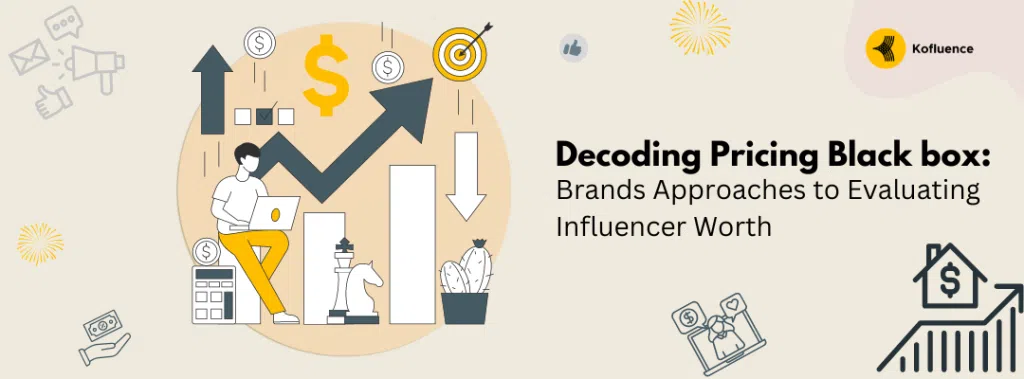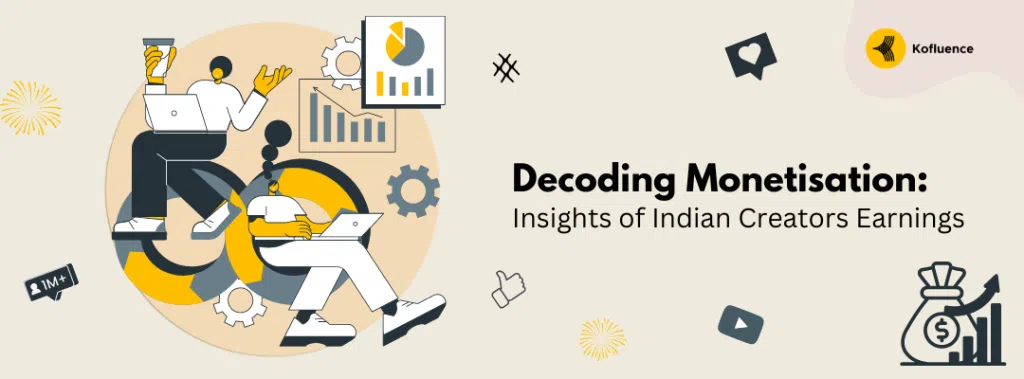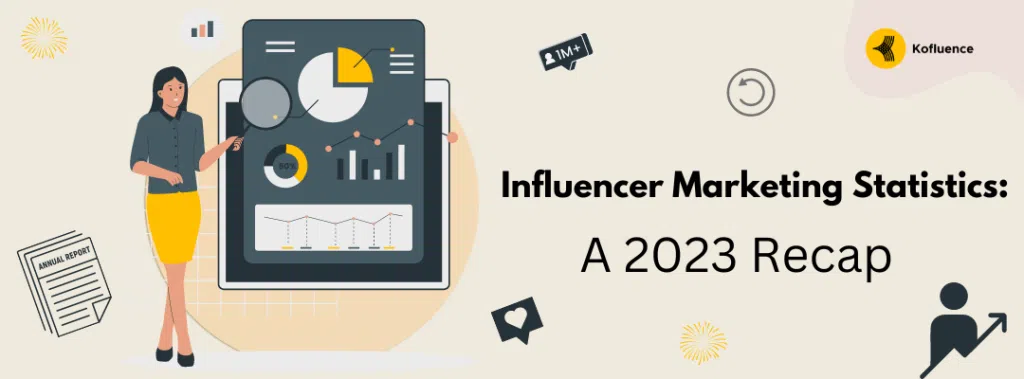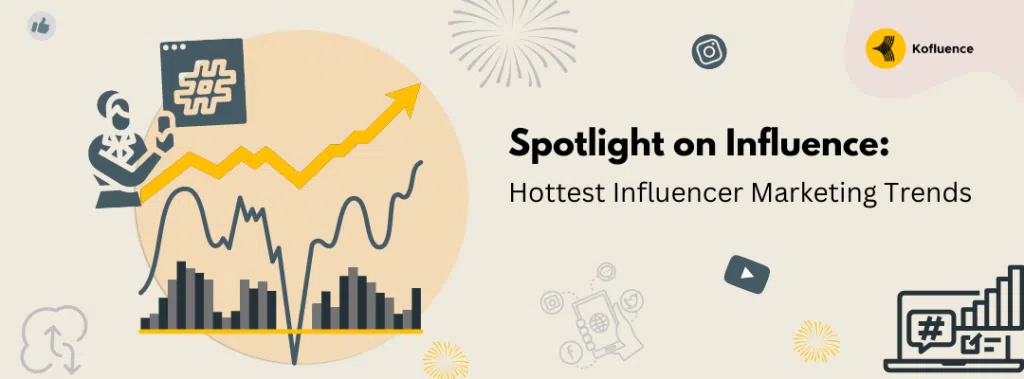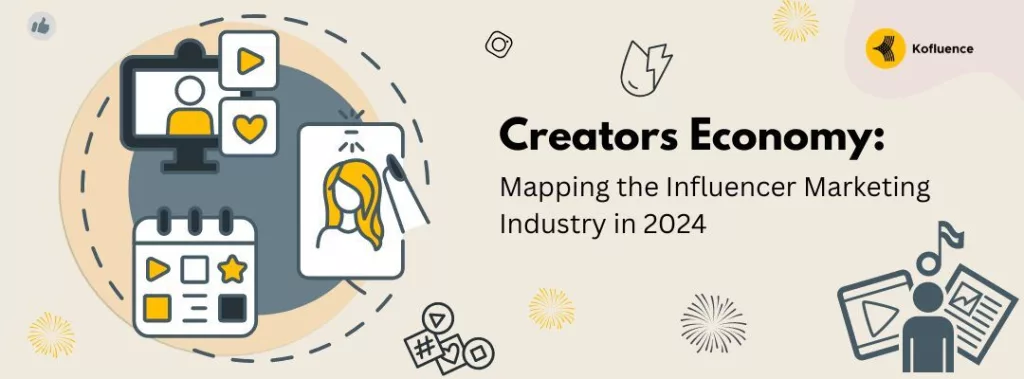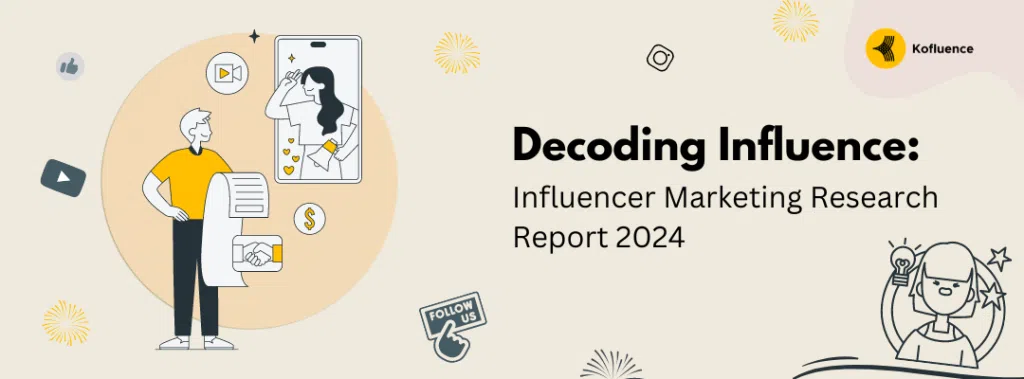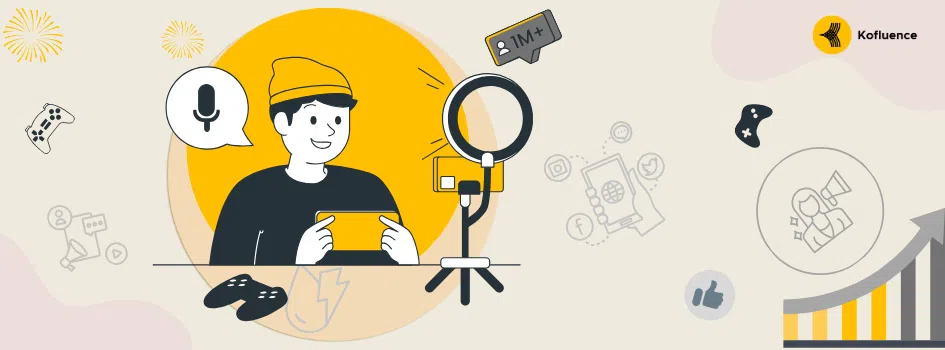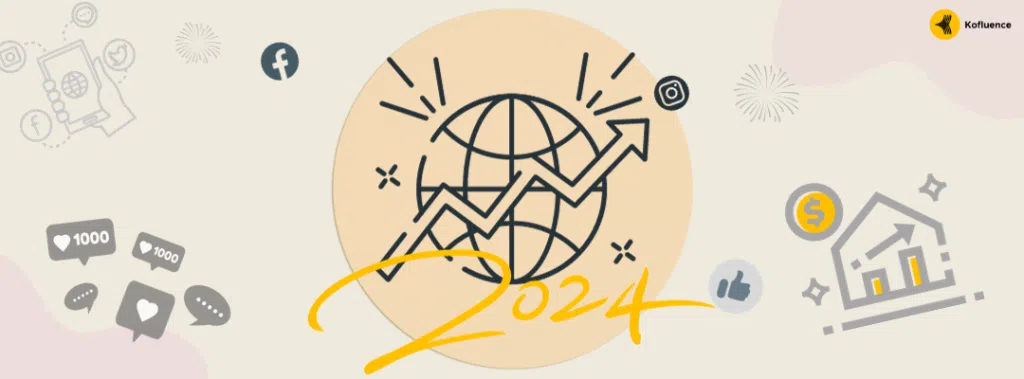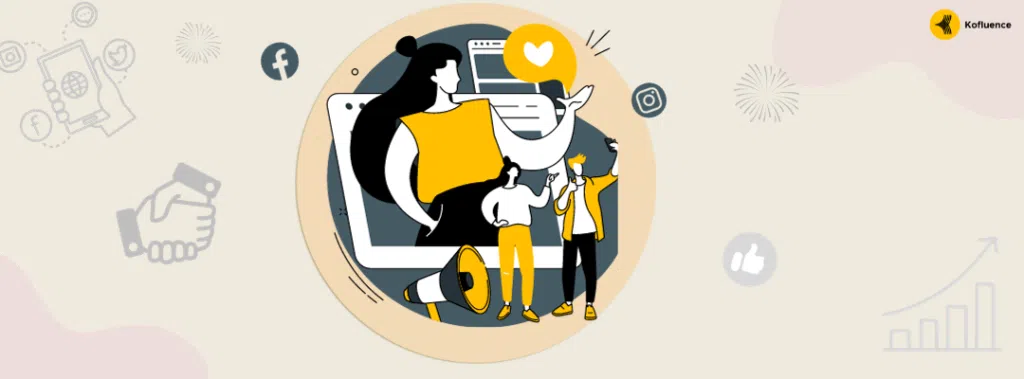Introduction
Top Influencer Marketing Trends for 2025
Influencer Identification and Campaign Optimization through AI
Micro and Nano Influencers Emergence
Authenticity & Long-Term Influencer Partnerships
Short-Form Video Content Goes Mainstream
Blockchain for Transparency & Anti-Fraud
Social Commerce & Shoppable Content Growth
AI-Generated & Virtual Influencers
How Brands Can Transition to 2025 Trends
Conclusion
Frequently Asked Questions (FAQs)
Introduction
Influencer marketing has become a vital digital strategy component nowadays as the industry spend has seen a steady rise over the past few years with a CAGR of 45% and is predicted to touch 3.5 billion (USD) by the year 2028, according to Kofluence’s Influencer Marketing Report. The expansion is due to increasing reliance on influencers to attract target audiences organically.
With the landscape changing, several different trends are emerging. Artificial intelligence (AI) is at the center, with 63% of marketers planning to use AI in an effort to increase influencer campaigns, according to Artsmart AI. Additionally, networks like TikTok are at the center, with 55.5% of influencer marketers leveraging it in campaigns. Meanwhile, brands are moving toward more long-term collaborations and storytelling, rather than one-off posts to broader, narrative-based collaborations.
Influencer marketing platforms are evolving to address the new needs of brands and influencers. One of the pioneers is Kofluence, with AI-driven analytics to enable accurate influencer matching and campaign optimization. These advancements allow brands to get past influencer landscape complexity to deliver relevant connections and quantifiable outcomes.
Top Influencer Marketing Trends for 2025
#1. Influencer Identification and Campaign Optimization through AI
Artificial intelligence (AI) is revolutionizing influencer marketing by making it easy for brands to find and work with influencers. AI-powered influencer marketing websites provide:
- Advanced Influencer Matching: Traditional influencer discovery relies on manual surfing and surface-level data, which is inefficient and unreliable. AI-driven algorithms maximize the process by examining deep-level engagement behavior, audience interests, sentiment analysis, and brand affinity to recommend the most appropriate influencers.
- Predictive Analytics: AI not only considers past performance but also assists brands in forecasting campaign success. By examining past data, engagement patterns, and audience behavior, AI-based platforms such as Kofluence enable brands to make predictive insights, which assist them in optimizing content strategy, budget, and influencer targeting. Data-driven decision-making removes guesswork and maximizes ROI by determining what works best prior to a campaign going live.
- Automated Campaign Management: Large-scale influencer campaign management can be complicated with negotiations, content approval, and tracking of performance. AI makes the core elements of campaign management, from influencer outreach to contract negotiation and real-time performance monitoring, effective. AI-driven automation to perform the above steps, provided by platforms such as Kofluence, automates them to make large-scale influencer campaigns run seamlessly for brands with control and transparency preserved.
With AI integration, influencer platforms offer data-driven insights to help brands target their marketing more effectively.
#2. Micro and Nano Influencers Emergence
Although macro and celebrity influencers are still part of influencer marketing, brands are increasingly looking towards micro (10K–100K followers) and nano influencers (1K–10K followers) due to their distinct benefits. Micro and nano influencers provide greater engagement, cost-effectiveness, and niche audience targeting, and therefore are a preferred option for contemporary marketing campaigns.
- Higher Engagement Rates: Perhaps the most beneficial aspect of nano and micro influencers is that they can build closer relationships with the audience. Through smaller but engaged groups, their recommendations are authentic and reliable, leading to higher engagement rates. Platforms such as Kofluence allow brands to tap into these influencers, and campaigns are more intimate and create strong interactions.
- Cost-Effectiveness: Brands can get the maximum value out of marketing budgets with the help of micro and nano influencers. Rather than spending money on a single macro influencer, brands can spend money on multiple small influencers and get their reach to multiple audience segments at a reasonable cost. Kofluence makes it easy by allowing brands to run large-scale campaigns with multiple influencers at an optimal and reasonable cost.
- Niche Audience Targeting: Micro and nano influencers target niches, and hence they are best suited for such brands that would want to target highly niche audiences. Fitness, beauty, finance, or technology, these influencers offer access to niche audiences with a real interest in the product or service provided by the brand. With influencer discovery through AI, Kofluence empowers brands to find the appropriate creators who are sharing a niche, which leads to more targeted audience targeting and more conversion potential.
Nano and micro influencers will continue to rule the roost as brands attempt to maintain authenticity and genuine audience engagement.
#3. Authenticity & Long-Term Influencer Partnerships
As customers increasingly crave more authentic content, brands are avoiding occasional influencer endorsement in favor of more sustained partnerships. Sustained partnerships create stronger bonds, with higher trust, brand affinity, and content relevance—optimizing influencer marketing.
- Trust & Credibility: Audiences will trust influencers who promote a brand multiple times over a period of time than influencers who promote a product for one-time use. Such long-term relationships allow influencers to form genuine relationships with audiences, and hence credibility works better. Such long-term relationships are facilitated better by platforms like Kofluence where brands can find and build influencers with the commonality of purpose and expectations of the brand audience.
- Brand Loyalty: Multiple interactions with an influencer make brand narratives more robust, more compelling, and authentic. Rather than one-off promotions, influencers can tell a brand’s story, depict product creation, and communicate key messages over time.
- More Authentic Content: Brands naturally embedded in an influencer’s way of life come across as less of an ad and more like a genuine endorsement. With ongoing exposure to a product or service over time, repeated exposure across an influencer’s content reinforces familiarity and trust and leads to increased conversions.
Brands moving away from standalone sponsored posts to sustained partnerships will have more interaction and improved ROI.
#4. Short-Form Video Content Goes Mainstream
Brief video content on platforms such as Instagram Reels, YouTube Shorts, and TikTok is proving to be the most interactive type of content.
- Video-First Strategies: Marketers prefer video to static feed posts.
- AI Editing Tools: Help influencers produce good content at a fast pace.
- Shoppable Video Ads: In-app purchase opportunities drive conversions.
Because the attention span of the consumers is decreasing, short videos are the best means of catching attention.
#5. Blockchain for Transparency & Anti-Fraud
Blockchain is transforming influencer marketing platforms with accountability and trust.
- Smart Contracts: Automatically pay influencers as soon as contracts are completed.
- Fake Engagement Detection: Blockchain-based verification prevents influencer fraud.
- Decentralized Influencer Marketplaces: Third-party-free brand-influencer relationships.
Blockchain is introducing greater transparency, security, and efficiency to influencer marketing transactions.
#6. Social Commerce & Shoppable Content Growth
Social networking platforms are becoming virtual malls, and thus influencer marketing becomes profitable.
- In-App Purchases: Shopping is now available directly in Instagram, TikTok, and Facebook.
- Livestream Shopping: Host live sale events, which increase live interaction.
- Affiliate Commission Structures: Pay-for-performance influencer rewards.
As social commerce continues to grow, brands need to incorporate frictionless shopping experiences into influencer content.
#7. AI-Generated & Virtual Influencers
AI-influencers are transforming conventional marketing. Some of the major trends are:
- AI-Generated Influencers: Digitally created characters such as Lil Miquela and Imma become popular.
- Digital Brand Ambassadors: AI-powered characters engage audiences.
- CGI-Enhanced Content: Highly realistic computer-generated narrative.
With even further developments in AI, virtual influencers will be even more realistic and mainstream.
How Brands Can Transition to 2025 Trends
To achieve influencer marketing success at its best, brands must:
- Leverage AI & Analytics: Enhance influencer choice and campaign tracking.
- Short-Form Video First: Invest in TikTok, Reels, and YouTube Shorts.
- Form Long-Term Relationships: Prioritize genuineness over short-term sales pitches.
- Integrate Social Commerce: Streamline the buy from influencer content.
By being ahead of the curve, companies can drive conversion, engagement, and ROI.
Conclusion
Influencer marketing in 2025 will be influenced by AI, blockchain, social commerce, and authenticity. Brands that are adopting new technologies and changing consumer habits will excel under such a competitive scenario. By choosing the right influencer marketing platforms and adopting such trends, business organizations are able to maximize brand awareness, engagement, and revenues.
Frequently Asked Questions (FAQs)
1. What are the biggest influencer marketing trends in 2025?
The most popular trends include AI-driven influencer selection, blockchain authentication, dominance of short videos, and ethical influencer partnerships.
2. What is influencer marketing evolving to?
They are using AI for influencer discovery, blockchain for anti-fraud, and automated campaign management for greater efficiency.
3. Why are micro and nano influencers important?
They offer greater interaction, authenticity, and affordable partnerships than macro-influencers.
4. What is the role of blockchain in influencer marketing?
Blockchain supports secure influencer payments, eliminates fraud, and enhances transparency across brand collaborations.

